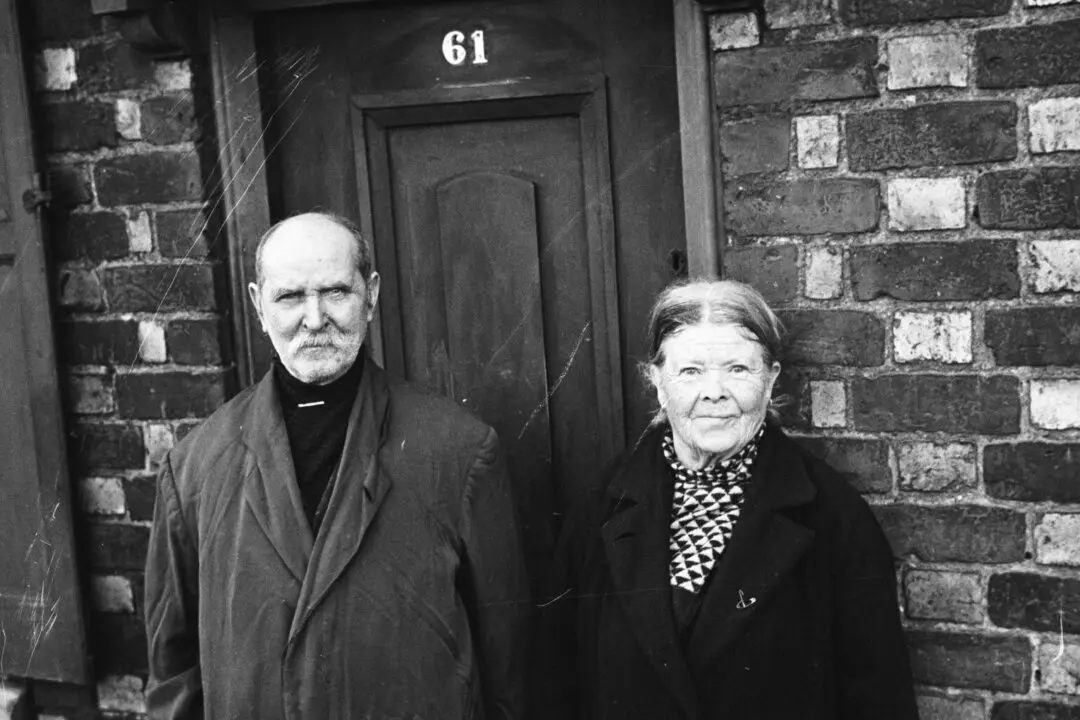Poet, prisoner, and playwright, sailor, soldier, and novelist, Miguel de Cervantes Saavedra lived a life of extraordinary exploits and achievements, his colorful deeds and character rivaling the exuberance of his stories.
Cervantes is a giant striding through the literary landscape—many call his “Don Quixote” the first modern novel—but his accomplishments extend beyond the triumphs of the pen. Who was the man from whose multifaceted mind sprung a novel wide enough to enfold the whole world, and what experiences shaped this colossal, cosmic work?






